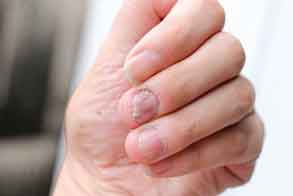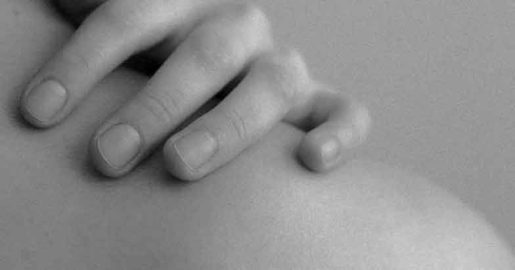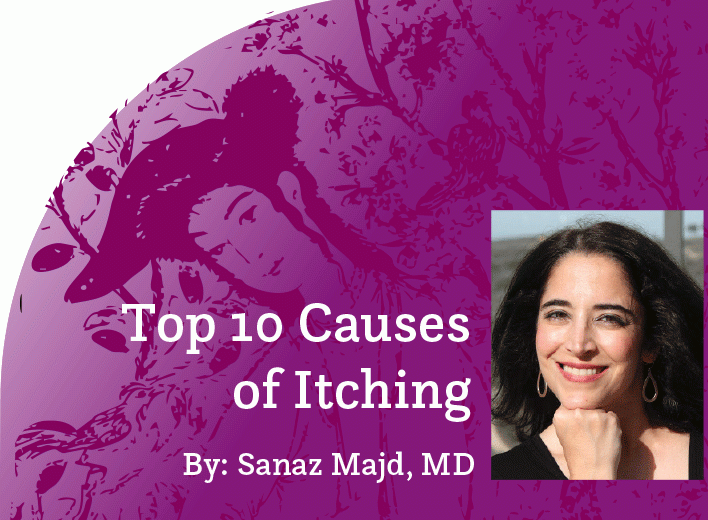COMMON FUNGAL INFECTIONS
Sanaz Majd, MD

People are often reluctant to speak more openly about certain “potentially embarrassing” conditions. But your doctor should really be the one person to whom you feel comfortable disclosing anything. Believe me when I tell you that there is nothing we have not seen before—from lice to erectile dysfunction to halitosis to sexually transmitted infections (STI). Your primary care physician has seen it all… and many times over. They are all medical conditions that are very real and physiologic in our minds as physicians, and require attention and appropriate treatment just like any other medical condition.
So I have made it a goal to start covering some of these less-than-desirable topics over time, while dispelling some of the medical myths surrounding these conditions. Today we will review some of the more common fungal conditions, aka “yeast.”
WHO IS AT RISK
Note that I call fungal infections common for a reason—they are everyday conditions that span across all ages and socioeconomic levels. They can affect anyone, and contracting them is not a reflection on the person’s personal hygiene.
We all have some level of fungus residing on our skin, mouth, and gastrointestinal tract. But on certain occasions, fungus can overgrow and wreak havoc. Fungi are particularly drawn towards sweat, so it is no surprise that we see an increased incidence during the hot summer months. Fungi also tend to affect those who are more physically active for this reason—think wrestlers, athletes, or simply gym members.
People who are immunocompromised are also at higher risk for fungal infections, including diabetics, those with HIV, those on immunosuppressant treatment (for conditions such as rheumatoid arthritis, psoriasis, etc.), in addition to cancer patients. This is because our immune system keeps fungi in check; when it is compromised, it creates a more favorable environment for fungal overgrowth. For those with recurrent fungal infections, it is wise to consider ruling out some of these conditions, most especially diabetes.
The good news is that most of these infections (with the exception of toenail fungus) can be easily treated using over-the-counter (OTC) anti-fungal remedies.
TOENAIL FUNGUS
About 10% of the general population, 20% of those over age 60, and a whopping 50% over 70 have toenail fungus. It is that prevalent. It causes yellowing, thickening, and deformity of the toenails, and the big toe is by far the most commonly affected (as opposed to the other smaller toenails).
As stated above, OTC treatment is not very effective, unfortunately, especially with an infection that is more than just mild. This is because toenails are thick and difficult to penetrate with a simple topical. However, the most common topical used for toenail fungus is an anti-fungal cream called terbinafine (aka “Lamisil”), applied 2-3 times/day for months. Prescription treatment includes an oral pill version, which is taken daily for 3 months. However, there is a very small risk of liver toxicity and liver enzymes are often monitored in those taking the prescription for this reason.
The pill is effective in only about 75% of people, however. And those who have toenail fungus are much more likely to contract it again and, therefore, must use lifelong measures to prevent from re-contracting it again. This includes avoiding walking barefoot (even in your own home), bleaching your socks, spraying your shower floor/tub once a week with bleach spray, and prophylactically applying OTC terbinafine cream daily to your toenails.
Now, with all that being said, toenail fungus is really a cosmetic issue and typically does not cause further complications or issues. There really is no need to treat it unless it is cosmetically bothersome to you, or if there is pain or discomfort (which is rare).
INTERTRIGO
This refers to itchy fungal infections in between the folds of the skin—underneath the abdominal folds in those who are obese, or underneath breasts in women. Also, think diaper rash, which is due to prolonged urine contact against the skin. Also, intertrigo thrives in the folds of the groin, as in “jock itch.” Notably, these are all areas in which perspiration can accumulate and where fungus loves to set up shop.
Treatment involves OTC antifungal topicals, such as clotrimazole cream applied 2-3 times a day, often for several weeks. But keeping the area dry and allowing it to air out is also key for treatment and further prevention.
RINGWORM
The term “ringworm” is actually a misnomer, as it is not really a “worm” but a fungus. These skin rashes are often round/oval with a slightly raised, red border and a central clearing (hence, the term “ring”). They can occur on the skin of the body or the scalp, and also tend to be itchy.
Similar to intertrigo, treatment for ringworm also includes OTC antifungals, such as clotrimazole cream applied 2-3 times a day for weeks.

VAGINAL YEAST INFECTIONS
Yeast infections in women are also quite common. Symptoms include itching on the outside and/or inside of the vagina, in addition to a white, “cottage-cheese-like” discharge.
Treatment includes OTC antifungals, clotrimazole, or miconazole vaginal suppositories nightly. And for any itching on the outside, the same cream can be applied to that area as well. Note that a 7-night treatment option is more effective than any 3-night treatment preparations. Unlike bacteria, fungi take longer to get rid of. There are also prescription pills for yeast infections, but are often unnecessary as the OTC 7-night suppositories typically work pretty well.
Keeping the area dry is again key—apply a blow dryer after showers and sleep without underwear to air the area out.
ATHLETE’S FOOT
Last, but certainly not least, “athlete’s foot” does not just affect athletes. Anyone who sweats in their shoes is fair game. Symptoms include flaking, cracking, and/or itching of the bottom of the feet and in between the toes (again, fungi displaying their love for the “folds”).
OTC clotrimazole cream applied 2-3 times day for several weeks minimum is often required. The skin on the bottom of the feet is some of the thickest and, therefore may take even longer to treat. Soaking the feet in one tablespoon of bleach in half a gallon of water for 10 minutes each night may also aid in eradicating athlete’s foot (be careful not to overdo the bleach, however, as it can burn the skin). Change socks frequently, bleach socks, and also apply bleach spray to the bottom of the shower/bathtub once weekly.
Note that for any condition that does not respond to the OTC treatment, it is important to consult with your doctor to rule out other conditions that can mimic fungal infections. In fact, these articles are for informational purposes only, and you should always seek your doctor’s advice to determine the best plan for your personal health.
Sanaz Majd, MD, is a board-certified Family Medicine physician and host of the Majd MD YouTube channel, reviewing the most popular medical topics: www.youtube.com/MajdMD. You can also follow her on Facebook or Instagram: @SMajdMD.


















